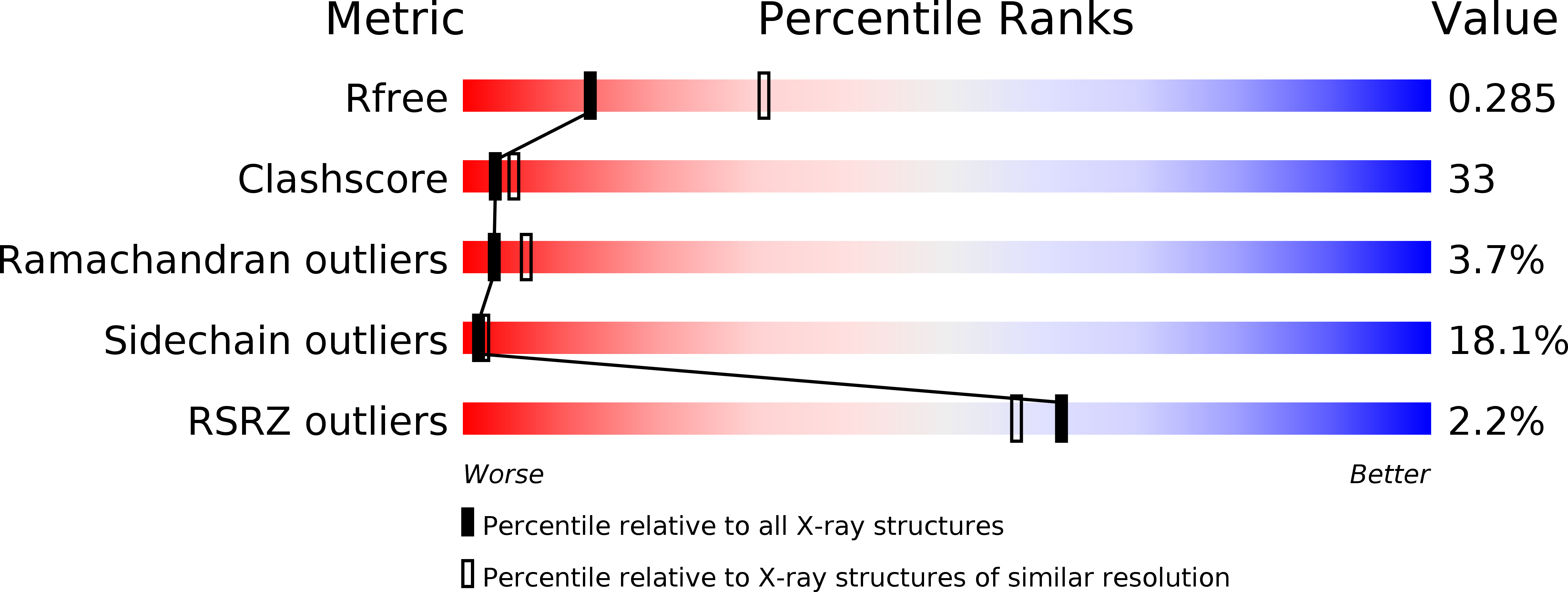
Deposition Date
2012-06-05
Release Date
2013-03-20
Last Version Date
2024-02-28
Entry Detail
PDB ID:
4FGY
Keywords:
Title:
Identification of a unique PPAR ligand with an unexpected binding mode and antibetic activity
Biological Source:
Source Organism:
Homo sapiens (Taxon ID: 9606)
Host Organism:
Method Details:
Experimental Method:
Resolution:
2.84 Å
R-Value Free:
0.28
R-Value Work:
0.21
R-Value Observed:
0.22
Space Group:
C 2 2 21


